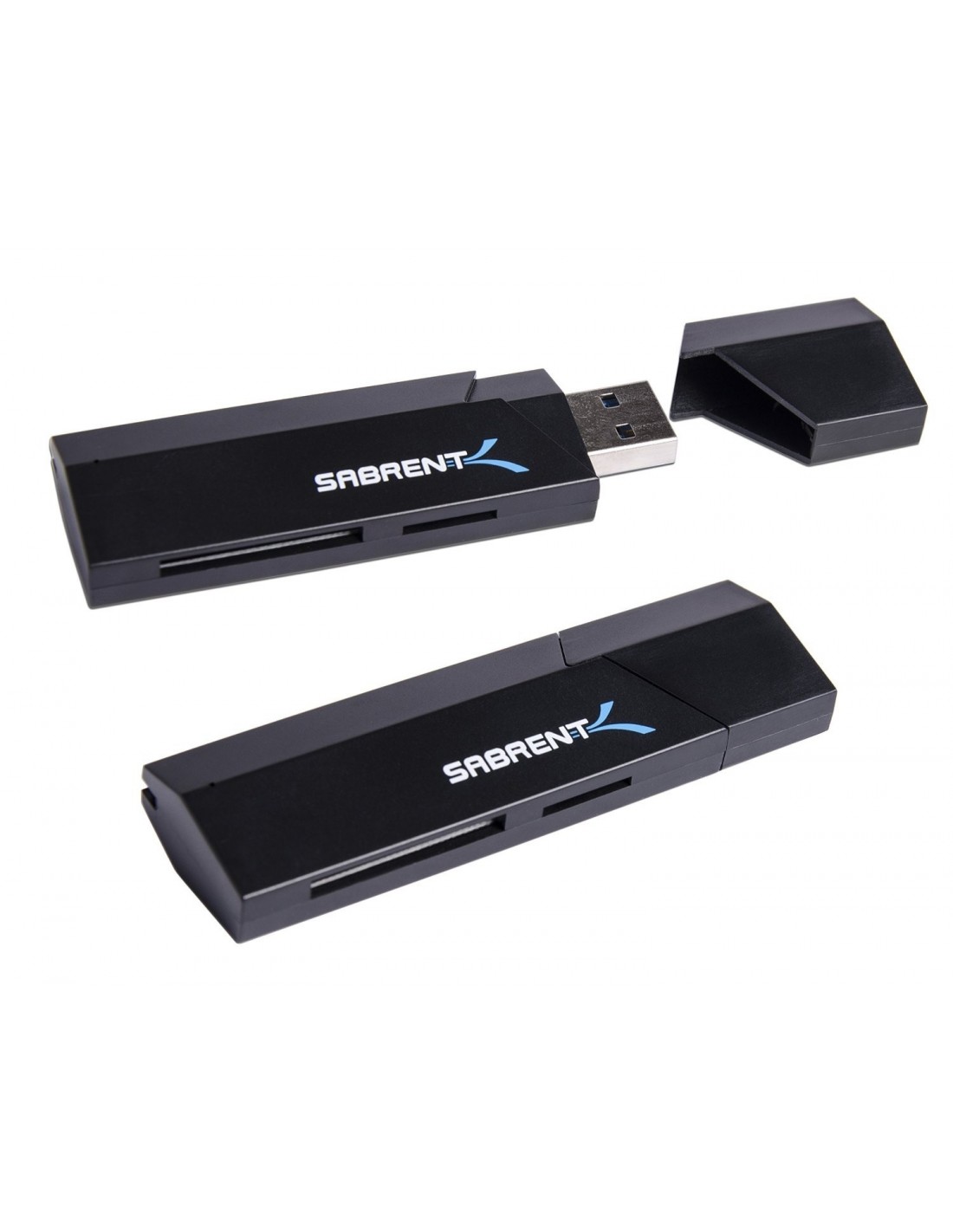OXoqo SuperSpeed Mini USB 3.0 Card Reader Hub 3*USB Slots High Speed External Memory Card Reader for MS, Micro SD, M2,TF, High Capacity Compatible with Mac PC Laptop.
Compact Flash Card Reader For Macbook Pro
Your camera probably has a USB port and cable you can use to download your images. This method uses camera battery power and is also fairly slow. You’ll get images into your computer faster if you use a card reader. If you download copious amounts of images, consider purchasing one of the FireWire card readers; they’re much faster.
1Connect your card reader to the computer.
The figure shows a SanDisk card reader attached to a laptop computer.
2Launch Photoshop Elements.
When you launch Photoshop Elements for the first time, a Welcome screen appears. This is useful if you’re new to Photoshop Elements or have upgraded from a previous version of the software.
3Insert a card into the reader.
The figure shows several possible card types.
4Choose Organize.
The Photoshop Elements Organizer appears.
5Choose File→Get Photos and Videos→From Camera or Card Reader.
The Elements Organizer – Photo Downloader dialog appears.
6Specify location.
Click the Choose button and navigate to the desired location where you want to save your photos. You may want to create subfolders for specific years.
7Specify Create Subfolder(s)
The default option is the Shot Date. When you choose the Custom Name option from the drop-down menu, a text field appears beneath the first drop-down menu, enabling you to specify a new name. A good practice is to name folders with the date of the shoot, followed by the place photographed. This keeps the folders organized by date and makes it easy to locate a specific folder of images.
8Rename Files
If you select the default option, your camera will name all your files with an acronym like IMG or DSC, followed by a four-digit number. If you want to stay organized, choose one of the renaming options from the drop-down menu, like Shot Date (yy mm dd) + Custom Name.
Use the name of the place photographed for the custom name. Choosing this option will give you image names like 081511_Myakka_ followed by a four-digit number.
9Specify Preserve Current Filename in XMP
This option records the current filename (the default name from your camera) as metadata in an XMP file. Metadata is data from your camera, such as the date the image was shot, the focal length, shutter speed, and so on. This information is automatically generated by your camera along with the filename according to the naming convention used by your camera manufacturer.
10Specify Delete Options
Cac Card Reader For Mac

The default option doesn’t delete the originals. There’s also an option to verify and delete originals, however, by sticking with the default option and formatting your cards in the camera after downloading them, your camera is better equipped to optimally format your memory cards for future use.
Cf Card Reader For Mac
11Click Get Media.
Photoshop Elements downloads the images. A progress bar appears as the images are downloading. After the images have downloaded, Photoshop Elements displays the Files Successfully Copied dialog, which prompts you to show only new files in the Media Browser.
Choose Yes to display only new files or No to display all files. If you select Yes, you can easily find old files as outlined in upcoming sections. If you always choose the same option, you can prevent the dialog from appearing again by clicking the Always Take This Action check box before choosing Yes or No.
12Click Yes or No.
Photoshop Elements imports the files into the Media Browser and displays them as thumbnails. One last dialog appears. It tells you that the only files displayed in the main window are those just imported. Choose Don’t Show Again and you’ll never see this dialog again. Click OK to close the dialog.
You can perform other tasks when downloading photos by clicking the Advanced Dialog button. In the Advanced section of the Elements Organizer dialog, you can specify which images to include in the download, rotate images, fix red-eye, apply copyright information, and so on.